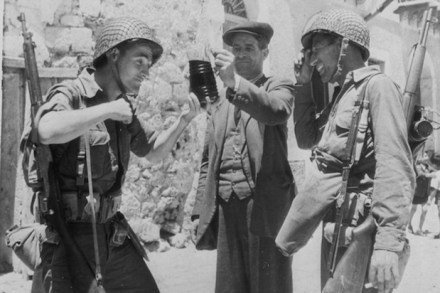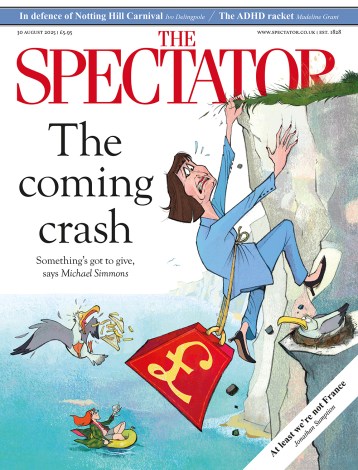Write what you know — especially if it’s the second world war
Adam Foulds’s latest novel is less successful than its predecessor. In 2009 he reached the Booker shortlist with The Quickening Maze, which saw Victorian poets orbit a lunatic asylum in Epping Forest. Now, with In the Wolf’s Mouth, he has shifted his attention to the Mediterranean theatre of the second world war. Will Walker is an English field security officer, Ray Marfione an American GI. Both find themselves in North Africa and Sicily, as ancient corruption permeates Allied liberation. The subject matter is Foulds’s primary failing. The Quickening Maze fizzed because the author, who has a separate reputation as a poet, knows what it is to write verse and that




















